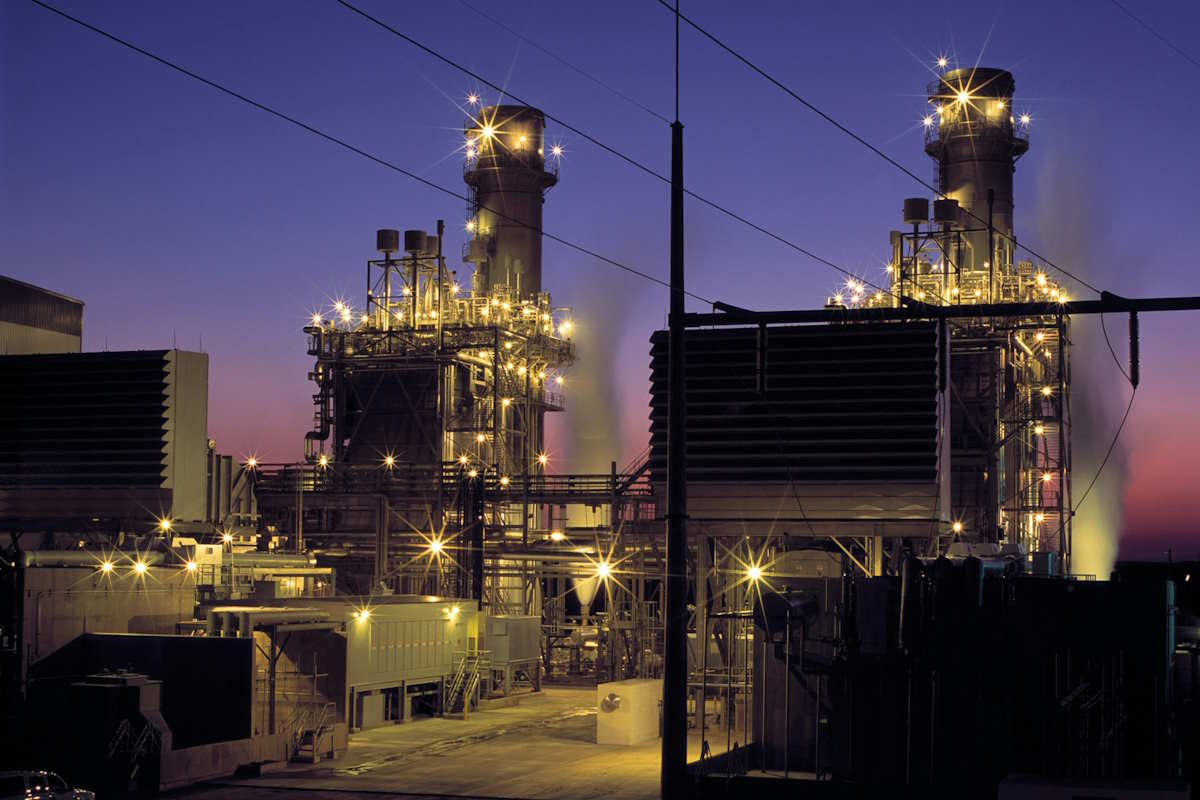Natural Gas Industry – Statistics & Facts
Natural gas has become an increasingly vital element of the global energy mix thanks to its lower carbon emissions compared to coal and oil. This gaseous fossil fuel now accounts for nearly a quarter of primary energy consumption worldwide as more countries integrate gas into electricity generation and heating along the transition to renewable power.
Several dynamics shape the outlook for the natural gas industry, spanning production, demand, and prices. Meanwhile, the emergence of retail trading platforms offers new opportunities for exposure to gas price movements.
Key Natural Gas Industry Trends and Statistics
- As of 2022, total global natural gas reserves stand at approximately 210 trillion cubic meters spanning regions like the Middle East, Asia Pacific, and North America according to data firm Statista.
- Since the late 1990s, worldwide production has expanded over 60% now surpassing 3.9 trillion cubic meters per year thanks to reservoirs across Russia, Iran, and the United States.
- Mirroring output gains, annual consumption has also grown steadily to around 3.94 trillion cubic meters globally as of 2022, led by demand within the industrial, residential heating, and power generation sectors.
- Regionally, Asia Pacific now accounts for the greatest share of natural gas usage at approximately 38% fueled by surging Chinese consumption.
- Industry revenue flows show the United States as the top exporter of piped natural gas largely from its robust shale deposits, while key importers include Europe and Asia.
- However, over the past two years, gas prices abroad in markets like Europe have spiked to over double U.S. benchmarks as unpredictable supply shocks hit, stirring acute volatility.
Leading Natural Gas Production Countries
The top natural gas-producing countries globally include:
- United States – A shale gas boom has made the US the world’s largest gas producer with over 930 billion cubic meters of output.
- Russia – Major conventional and shale reservoirs have enabled Russia to rank second in gas production with 762 bcm.
- Iran – Holding 18% of proven global reserves, Iran produces approximately 262 bcm of natural gas per year.
- Canada – Canadian gas output hovers around 184 bcm annually, primarily from its Montney and Horn River shale plays.
- China – China’s domestic gas production has expanded to over 180 bcm fueled by growing downstream demand.
Major Natural Gas Consuming Regions
The regions utilizing the greatest natural gas volumes consist of:
- Asia Pacific – Fast-expanding economies in this region burn over 1.5 trillion cubic meters of gas per annum, led by China.
- North America – The US and Canada together consume over 970 billion cm across power generation, heating, petrochemicals, and transit.
- Europe – With gas comprising over 22% of Europe’s energy mix, annual consumption totals nearly 540 bcm region-wide.
- Eurasia – The majority of gas-producing areas in Russia and Central Asian states utilize over 420 bcm in their local economies.
- Middle East – Gulf states consume around 25% of the gas they produce domestically equaling over 340 bcm per year.
Trading Natural Gas Commodity Markets
Shifting natural gas pricing and supercharged volatility has shined a spotlight on this sector for traders keen to profit from gyrations using financial instruments like:
- Natural Gas Futures – The most direct means to trade actual gas prices through contracts for future delivery tied to benchmark Henry Hub pricing domestic or LNG export indexes.
- CFDs – Allow speculative positioning tied to movements in natural gas futures without owning the underlying asset.
- Spread Bets – Wager on wider or narrower differentials between two gas price points.
- Natural Gas ETFs – Gain exposure to a basket of futures or equities from gas production firms.
These vehicles allow traders to exploit both upside and downside across the interconnected drivers impacting gas markets making gas profits:

Key Gas Price Drivers
- Winter weather forecasts influencing heating demand
- Hurricane threats disrupting offshore drilling
- Geopolitics affecting key pipeline supplies
- Liquified natural gas (LNG) shipment logistics
- Shale gas production levels and costs
- Alternate energy input prices altering demand
Gas Trading Platforms and Bots
Seeking convenience alongside leverage to natural gas markets, traders opt for user-friendly online platforms and mobile apps (the most popular is the Gas Profit) offering instant access to leading gas derivatives and benchmarks anytime.
Sophisticated algorithms crunching market data also now detect lucrative trading opportunities automatically, executing positions through pre-programmed bots reacting at machine speeds. This allows capitalizing on price shifts otherwise out of reach for manual traders.
However, gas trading is complex with natural price volatility. Thus sufficient research plus risk management remains vital despite promises of hands-free passive income by some bot promoters. Evaluating any trading platform’s security, transparency, and education offerings helps steer towards accountable tools fitting your goals.
Researching Reputable Trading Tools
When assessing gas trading platforms, investigate:
- Cybersecurity provisions safeguarding personal data and funds
- Veteran team leadership with genuine commodities expertise
- Transparent fee structures tied to usage not forced minimums
- Intuitive mobile and web interfaces for self-directed trading
- Customizable trade automation aligned with personal risk limits
- Multi-layered risk metrics and stop losses prevention extreme losses
- World-class customer service and platform reliability metrics
- Regular software updates and feature improvements
Conclusion
With natural gas ingrained as over 25% of the global energy supply – its broader economic indispensability shown by the intense price spikes caused even by the mere threat of minor outages – natural gas markets will remain a hotbed of volatility and trading activity blending geopolitics, extreme weather, and technological change for years to come. By arming yourself with statistical production and consumption trends spanning top regional players and utilizing specialized trading instruments you gain strategic exposure in either direction across this vital commodity at the heart of the worldwide energy transition.
